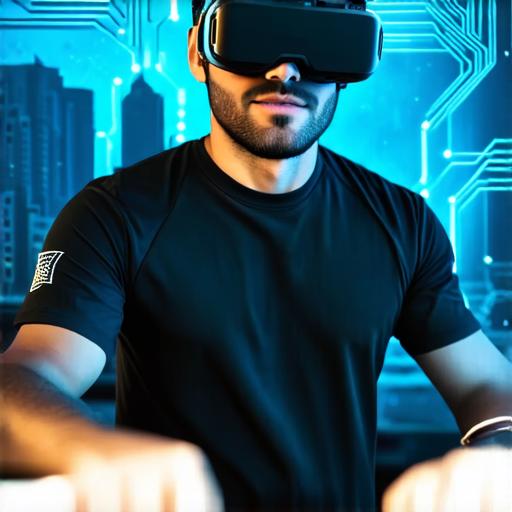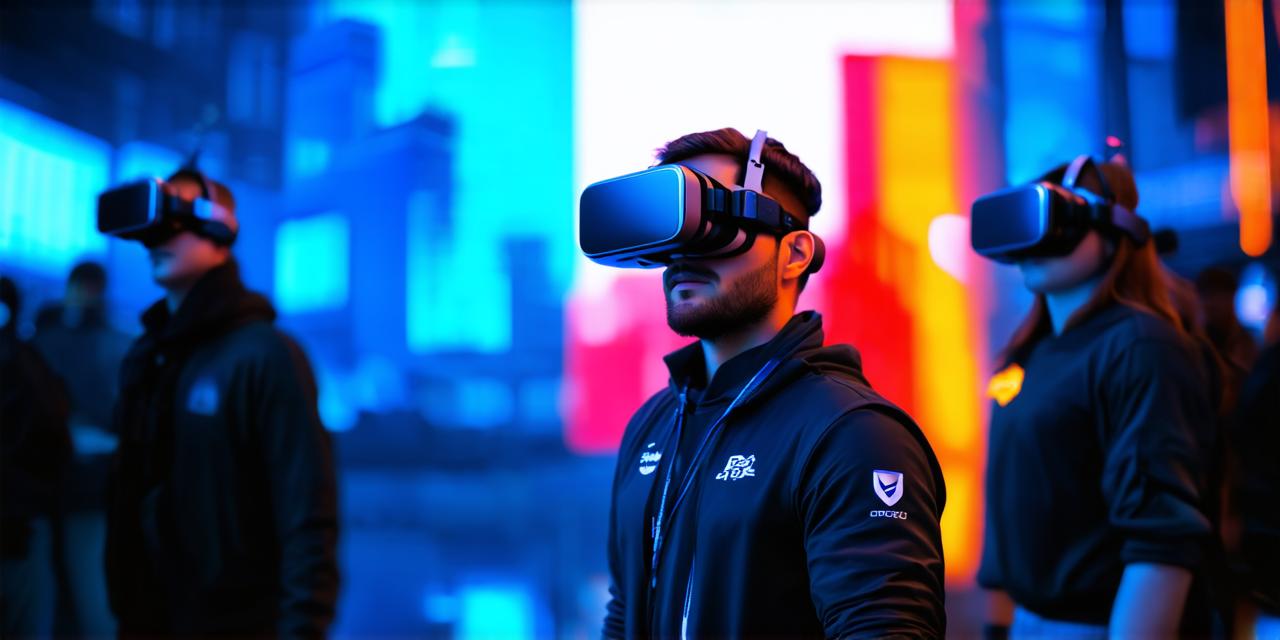
What problems can VR solve?
Virtual reality (VR) is a rapidly growing technology that has the potential to revolutionize many industries. From healthcare to gaming, VR can provide immersive experiences and solutions to various challenges.
Table of Contents
ToggleHealthcare
One of the biggest problems in healthcare is the ability to simulate real-life scenarios for training purposes. VR can provide a safe and controlled environment for medical professionals to practice procedures without risking patient safety. For example, surgeons can use VR simulations to practice complex surgeries before performing them on actual patients. This can lead to better outcomes and reduced risks.

Another problem in healthcare is the ability to provide patients with immersive therapy experiences. VR can be used for pain management, exposure therapy, and rehabilitation. For example, patients with PTSD can use VR simulations to confront their triggers in a controlled environment. This can lead to improved mental health outcomes.
Education
One of the biggest challenges in education is providing students with immersive learning experiences. VR can provide a safe and engaging environment for students to learn about history, science, and other subjects. For example, students can take virtual field trips to historical sites or explore the human body in 3D. This can lead to better understanding of complex concepts and increased engagement.
Another problem in education is the lack of access to quality education in certain areas. VR can be used to provide remote learning experiences to students in rural or low-income areas. This can lead to improved educational outcomes and increased opportunities for these students.
Gaming
One of the biggest problems in gaming is the lack of social interaction. VR can provide a social platform for gamers to connect with each other in immersive environments. For example, players can use VR to play cooperative games or participate in virtual reality sports. This can lead to increased social interaction and a sense of community among gamers.
Another problem in gaming is the lack of physical activity. VR can be used to create games that require physical movement, such as virtual reality fitness classes or sports simulations. This can lead to improved physical health outcomes and increased engagement in physical activity.
Summary
In conclusion, VR has the potential to solve a wide range of problems across various industries. From healthcare to education and gaming, VR can provide immersive experiences and solutions to challenges that traditional methods cannot address. As VR technology continues to evolve, we can expect to see even more innovative applications in the future.

